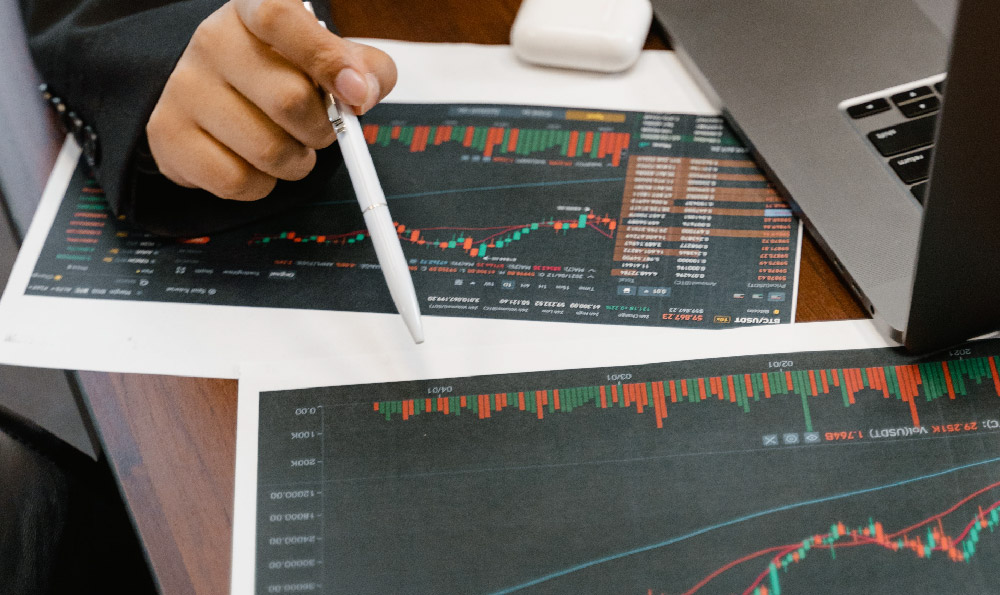Let's delve into the hypothetical financial empire Walter White could have built in the world of Breaking Bad, analyzing potential revenue streams, expenses, and investment strategies, all while acknowledging the inherent illegality and volatility of his chosen profession. Estimating a precise figure is, of course, speculative, but we can arrive at a plausible range based on information gleaned from the series and extrapolated through financial analysis.
The foundation of Walt's wealth lies in the production and distribution of his high-quality methamphetamine, Blue Sky. The series establishes that his product commands a premium price in the market, consistently fetching higher rates than competitors. Assuming a conservative estimate of $10,000 per pound at the wholesale level, and acknowledging periods where the price likely fluctuated due to competition or increased risk, we need to estimate Walt's total production volume.
Walt's initial cooking runs, primarily with Jesse, were relatively small-scale, yielding perhaps a few pounds per cook. As the operation scaled up with Gus Fring, production soared. The industrial lab under the laundry allowed for significantly larger cooks, potentially yielding tens or even hundreds of pounds per run. Given the limited timeframe of the series and the disruptions within the operation, let's estimate an average production of around 100 pounds per month during the peak of the Fring era. This yields approximately 1200 pounds per year.

Following Fring's demise, Walt's operation took a different turn, involving methylamine theft and cooking within mobile labs. This period was characterized by higher risk and logistical challenges, likely reducing production volume. Let's assume a production rate of around 50 pounds per month during this phase, translating to approximately 600 pounds per year. Over the course of Breaking Bad's timeline (roughly two years from the start of cooking to Walt's eventual demise), we arrive at an estimated total production of roughly 1800 pounds.
Applying the conservative $10,000 per pound wholesale price, the gross revenue from Walt's meth production would be in the ballpark of $18 million. However, this figure doesn't account for the substantial expenses incurred.
Ingredients, primarily pseudoephedrine in the early stages and later methylamine, represent a significant cost. The acquisition of laboratory equipment, protective gear, and chemicals also contributes to the expense sheet. Furthermore, Walt paid Jesse a percentage, later paid other cooks like Gale Boetticher, and of course, had to pay off corrupt lawyers like Saul Goodman, and other individuals involved in the distribution and protection of his business. These costs are challenging to quantify precisely, but a reasonable estimate would place them at around 30-40% of gross revenue. Therefore, we can conservatively estimate expenses at $5.4 million to $7.2 million.
Subtracting these expenses from the gross revenue yields a net profit ranging from $10.8 million to $12.6 million. Now, how effectively did Walt manage this illicit wealth?
The series showcases Walt's initial ineptitude in handling his money. Burying cash in the desert was a short-sighted solution fraught with risk. Saul Goodman's initial recommendations, directing funds towards car washes and laser tag businesses, were aimed at laundering the money rather than maximizing returns. These businesses likely absorbed a substantial portion of Walt's profits without generating commensurate revenue.
The turning point came with Skyler's involvement and her (forced) expertise in money laundering. Her more sophisticated approach, focusing on structuring deposits and exploiting financial loopholes, proved more effective. However, even her methods were ultimately limited by the constraints of her legitimate business activities and the constant scrutiny of law enforcement.
Had Walt possessed genuine financial acumen, he could have employed more effective strategies. Diversification across asset classes would have been crucial. Investing in legitimate businesses, particularly those with growth potential and less susceptibility to regulatory oversight, would have been prudent. Real estate, stocks, and even carefully managed bonds could have provided stable returns while masking the source of the funds.
Furthermore, Walt could have established offshore accounts or shell corporations to further obscure his wealth. However, these strategies come with their own set of risks and complexities, requiring expertise and careful planning.
Walt's lack of trust and his controlling nature ultimately hindered his ability to delegate financial management to qualified professionals. His paranoia and obsession with maintaining control over his empire led to poor decision-making and missed opportunities.
Given the volatility and inherent illegality of his business, the DEA's relentless pursuit, and his poor financial decisions, it's highly unlikely that Walt managed to amass the entire $10.8-$12.6 million potential profit. While a precise figure is impossible to determine, a more realistic estimate of Walt's final net worth would likely fall in the range of $5 million to $9 million, before the funds given to his son. This acknowledges the expenses, losses due to laundering schemes, potential seizures, and the general mismanagement of his illicit fortune.
The story of Walter White serves as a cautionary tale. While he achieved financial success through his criminal enterprise, his lack of financial expertise, combined with the inherent risks of the drug trade, ultimately prevented him from maximizing his potential wealth and enjoying the fruits of his labor. It highlights the importance of not only generating income but also managing it responsibly, legally, and with a long-term perspective.











